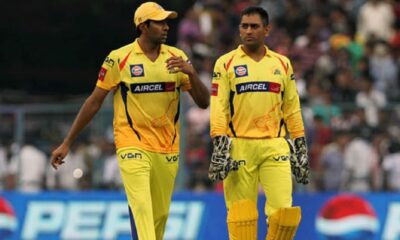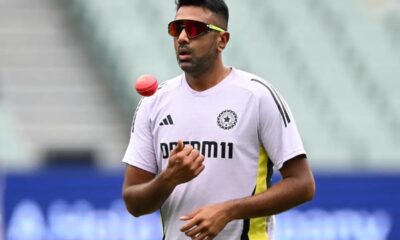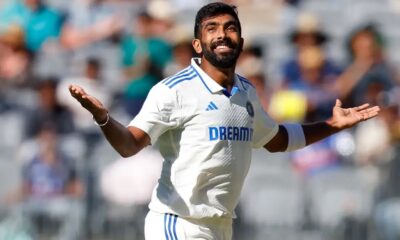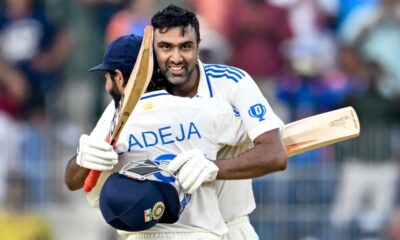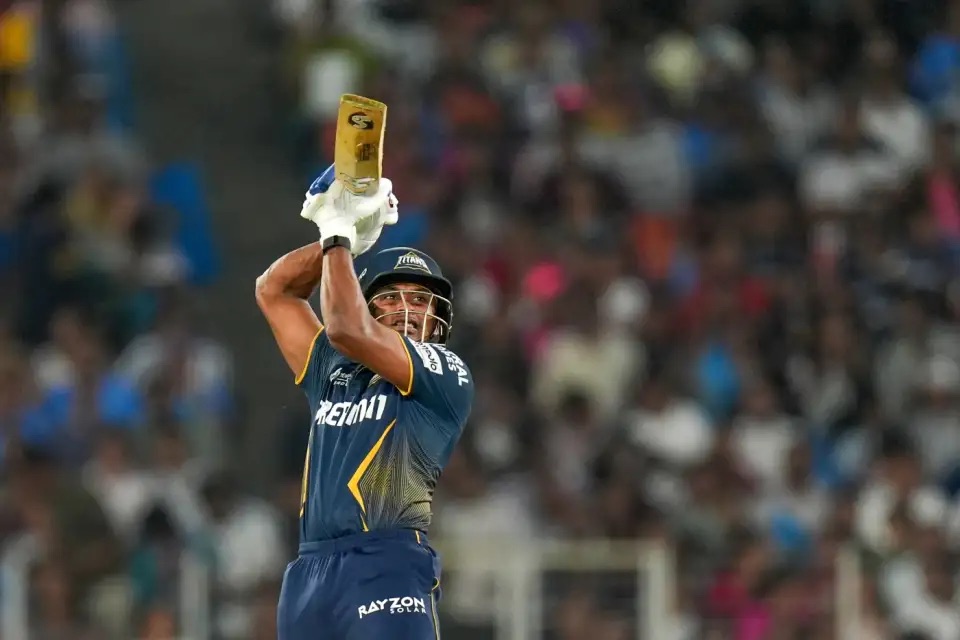Engineer, cricketer, a popular youtuber and now an author too. Parallel processing or multi-tasking comes easy to R Ashwin, who would rather fail than play safe whether it’s life or cricket.
The 37-year-old off-spinner, one of the sharpest minds in international cricket right now, is also a refreshingly candid voice with 516 Test wickets lending considerable weight to his views.
He is currently enjoying the critical success of his book “I Have The Streets: A Kutti Cricket Story’. Co-authored by Sidharth Monga and published by Penguin Random House, it chronicles Ashwin’s life till 2011 and also gives a peak into his mind, which enjoys probability analysis as much as decoding a difficult batter.
“I am living my life, that’s it. I am not thinking about accomplishing ‘A’, ‘B’ or ‘C’ (targets). I am staying in the moment. I am a creative person in general, and if I feel I want to do something, I will go ahead and do it. (Whether it’s) right or wrong, is something that I will assimilate later,” Ashwin told PTI in an exclusive interview.
He wasn’t always this fearless though. There was an insecure side to him as a child but he outgrew it as time went by, realising that his fears were paralysing him.
Once that was dealt with, Ashwin says he became somewhat unflappable and it has been evident in his growth as a cricketer. From bowling carrom balls on Chennai’s streets as a kid, his metamorphosis into India’s premier spinner has been quite a ride.
He has taken criticism on the chin and has responded with a bagful of wickets, refusing to let that “outside noise” disturb the equilibrium of his mind. And it is this system optimisation, as the engineer in him would say, which allows him to take risks, and not be afraid of failure.
“I’m not insecure at all. I would rather fail in life than be absolutely safe. That’s my character. I don’t have the common insecurities that people have,” he asserts with the same clarity with which he decodes complex cricket laws in his social media feeds, which don’t take long to become viral trends.
“Breaking away from my insecurity (as a child) gave me a great insight into how I can exploit somebody else’s insecurity. And that’s how I see cricket or life in general,” he explained, letting out perhaps the secret of his understated aggression on the field.
Coming back to parallel processing, the engineering jargon for execution of multiple computations at the same time, Ashwin said the COVID crisis, during which almost everyone battled the fear of loss, was the time he recalibrated his approach to life and realised that in the end, he had just one chance to do what he wanted.
Out came the youtube channel during the lockdown and his articulate views on cricket, cricket laws and cricketers now have over 1.5 million subscribers.
It shouldn’t be forgotten that like most people around him, Ashwin too battled the trauma of seeing his loved ones hospitalised due to the dreaded infection at that time.
“The time that I have is pretty limited. I do plan but for me it’s about living life. I felt cricket took away a lot of my time since 2010 (his India debut) but COVID gave me a chance to take a break, and you know, assess where I was,” he recalls.
“It (the COVID-forced break) has given me wings over the last four years to be able to express myself, expand my creativity zones and so on and so forth,” he says, referring to his success as a rare outspoken voice in Indian cricket.
According to him, it all boils down to being fearless or having the ability to see the fun side of risks, something that a visit to a casino taught him back in 2009.
“If you go to the Casino, thinking of how much money you will make, you will pretty much end up without a rupee. But when you go with the intention of having fun and wanting to lose the money that you have, you always go back a much richer person. It was actually a big learning experience,” he explains.
But that’s not his only point of reference for life lessons, he could pick those up as easily from a movie, or a web series or books.
Talking of books, he knows that telling one’s story to the world is fraught with risk.
It is not limited to opening up a hitherto unseen side of yours to people who might judge without knowing. There’s also the danger of unknowingly hurting others when unpleasant experiences become public knowledge.
“I think hurting someone is an immensely painful journey. But if tomorrow I do write about hurtful instances of mine then it’s because people who are on the other side, will have hurt me. They are obviously gonna feel bad about it, because nobody intentionally hurts you,” he says, underscoring his belief in the inherent goodness of individuals.
And that’s why he prefers to look at painful episodes as life lessons, harsh but necessary to build a person. He details one such instance in his book when, during his time with Chennai Super Kings, a team official refused to entertain his plea for a good IPL ticket in 2010 despite the fact that he was a major contributor to the side’s success that season.
“Look, people who give you an opportunity to learn harsh lessons in life are Gurus in my book. I didn’t want to go and confront the guy. But for me it is an incident, it happened, and it fuelled the fire in me.
“I wanted to become a better person. I wanted to become a better cricketer. I am thankful for the person who did that to me, because I think in some way or the other he fuelled my desire to do well,” he says.
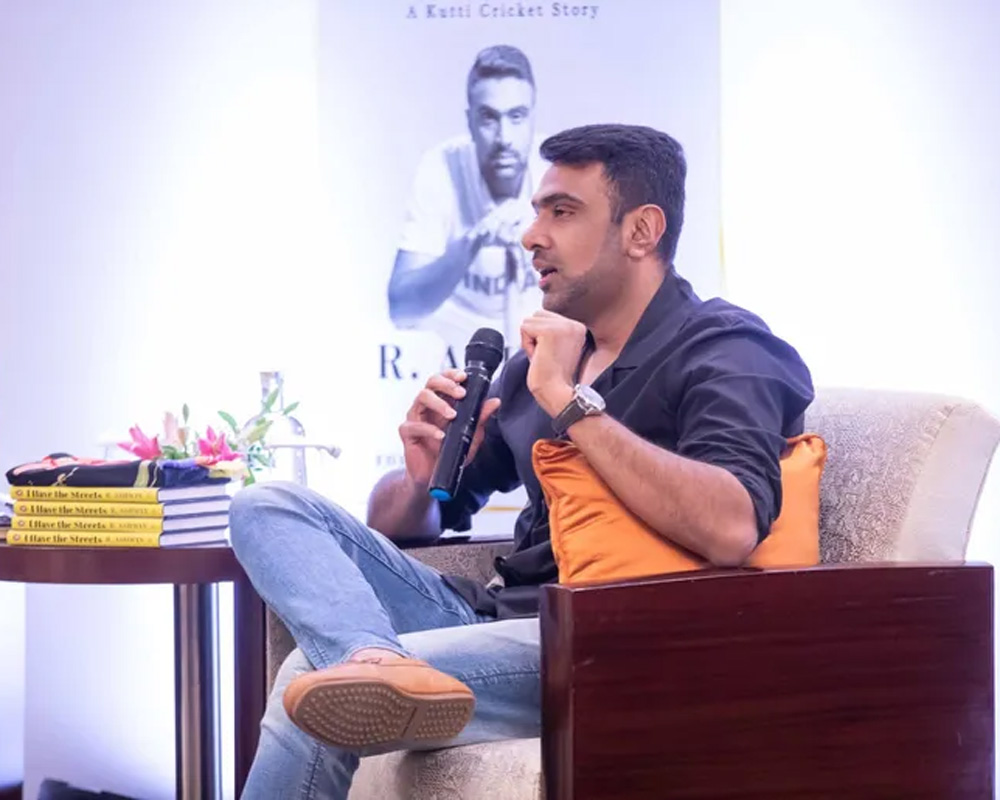

 Cricket News8 months ago
Cricket News8 months ago
 Featured News1 month ago
Featured News1 month ago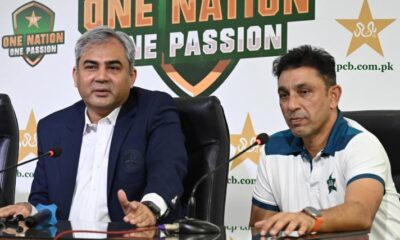
 Cricket News7 months ago
Cricket News7 months ago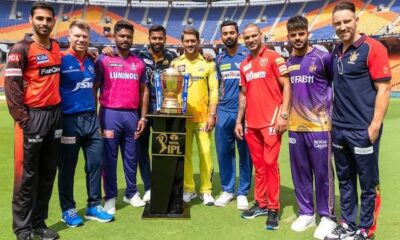
 Cricket News9 months ago
Cricket News9 months ago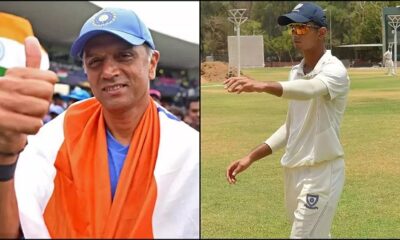
 Cricket News9 months ago
Cricket News9 months ago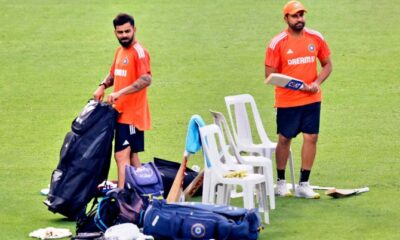
 Cricket News9 months ago
Cricket News9 months ago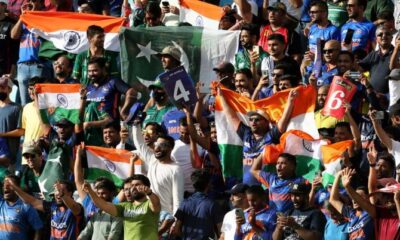
 Cricket News8 months ago
Cricket News8 months ago
 Cricket News8 months ago
Cricket News8 months ago
